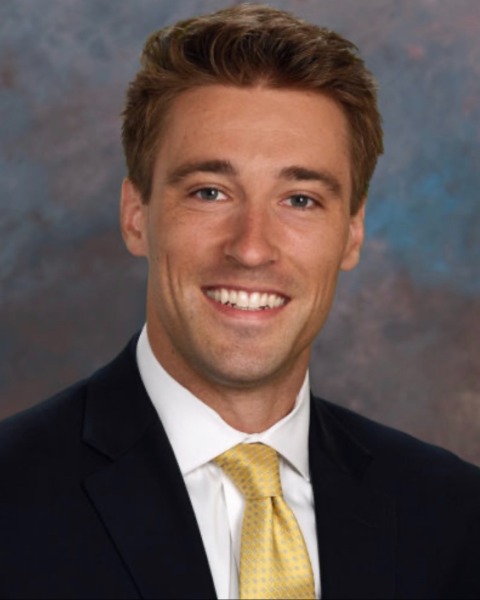Other
Return to play in collision sports after spine surgery in the pediatric population
Friday, February 21, 2025

Michael D. White, MD
Resident
Barrow Neurological Institute
Barrow Neurological Institute
Phoenix, AZ, US
Presenting Author(s)
Disclosure(s):
Michael D. White, MD: No financial relationships to disclose
Introduction: This study aims to identify current practice patterns among pediatric neurosurgeons regarding RTP criteria for adolescent athletes in collision sports.
Methods: A survey was prepared describing 12 scenarios of adolescent patients undergoing spine surgery. Respondents were asked if they would allow RTP to sports, timing of RTP, and criteria for RTP. Scenarios included 1, 2, and 3-level anterior cervical discectomy and fusion (ACDF), lumbar discectomy/laminectomy, cervical disc arthroplasty (CDA), lumbar fusion, incidental Chiari, suboccipital craniectomy, posterior cervical foraminotomy, cervical laminoplasty, Adolescent idiopathic scoliosis (AIS), and thoracic fusion for scoliosis. The survey was distributed to a national listserv of pediatric neurosurgeons. Survey results were collected and analyzed in STATA.
Results: Most respondents favored RTP for 1- or 2-level ACDF (86% and 72%, respectively), but 70% did not favor returning after 3-level ACDF. Additionally, 83% of respondents would allow for RTP after single-level CDA after 3-6 months. Most respondents (74%) favored allowing sports participation for patients with incidental Chiari malformations and cervical syrinx, with 84% allowing RTP after surgical Chiari decompression and duraplasty. For patients with AIS, 70% of respondents would allow for play in collision sports regardless of their Cobb angle. However, 23% would use a 50-degree cut-off for Cobb angle and would not recommend play in collision sports for those with a greater degree of scoliosis. For AIS patients undergoing selective thoracic fusion, 82% of surgeons would allow for RTP, with most allowing return after 3-6 months. However, there was no consensus amongst respondents regarding imaging prior to returning, with 18% not requiring imaging, 30% recommending x-rays, and 32% recommending CT.
Conclusion : There are currently limited RTP recommendations and criteria for spinal pathology in adolescents participating in sports. The results of this study highlight current practice patterns of pediatric neurosurgeons treating patients in contact sports, with some of these results differing from those seen in professional sports. This study acts as a scaffold for future work to better delineate the types of activities these patients should return to.

.jpg)